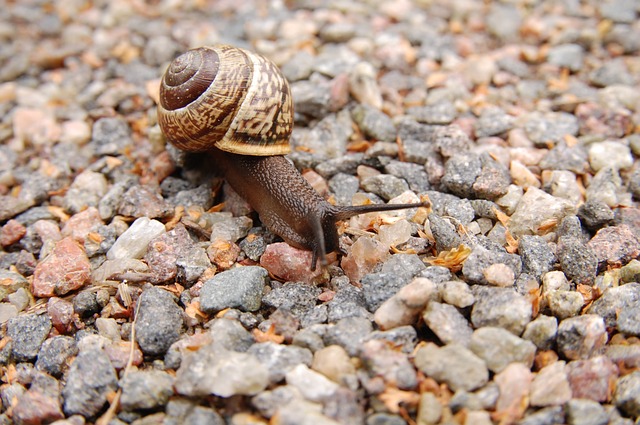The Riversleigh World Heritage site in Northern Australia is home to some of the most bizarre extinct animals in the world.
This limestone cave is filled with skeletons of creatures that have died out over the course of millions of years. One of the fossils uncovered in the cave was Thingodonta, a marsupial that resembled a woodpecker and used its teeth to dig out bugs from tree bark. Another is the Balbaroo fangaroo, a cousin to the kangaroo, but with tusks. Others are drop crocs, which were crocodiles that jumped out of trees to attack prey, and the Dromornis or “Demon Duck of Doom” which was 10 feet tall and was among the biggest birds in the world.
Now, a strange new creature has been added to the Riversleigh index of weird wildlife, as scientists say they have discovered remains of Malleodectes Mirabilis or “Wondrous Hammer Biter,” a ferret-sized animal from the same family as Tasmanian devils that subsisted on snails, reports the Washington Post.
University of New South Wales paleontologist Mike Archer, who was the lead author of a study on this fossil, says,
Malleodectes mirabilis was a bizarre mammal, as strange in its own way as a koala or kangaroo.
His study was published in Scientific Reports.
These animals had huge, hammer-like premolars that allowed them to eat escargots whole, including the shells, something that has never been seen in mammals before.
Since Australians scientists have been digging at Riversleigh, they have found small pieces of these creatures, but it was unclear that they were looking at a whole new breed of animals until they found the skull of a 15-million-year-old Wondrous Hammer Biter baby in the cave’s limestone floor.
Suzanne Head, a paleontologist from the University of New South Wales, says that, “The juvenile malleodectid could have been clinging to the back of its mother while she was hunting for snails in the rocks around the cave’s entrance, and may have fallen in and then been unable to climb back out.”
Archer could tell from the skull’s jaw that it was nearing adulthood, as just beneath its baby teeth were adult teeth waiting to emerge. Teeth are some of paleontologists’ best tools when identifying fossils, as they give a lot of information on the animal, such as size, age and diet.
The scientists concluded that the malleodectids were not a part of any other marsupial family tree. They were their own family, cousins to dasyuridae, which includes the Tasmanian devils and the myrmecobiidae, which consists of the lone numbat species.
The malleodectids went extinct due to intense climate change in Australia at the time that changed the continent’s rain forests into dry grasslands.
























